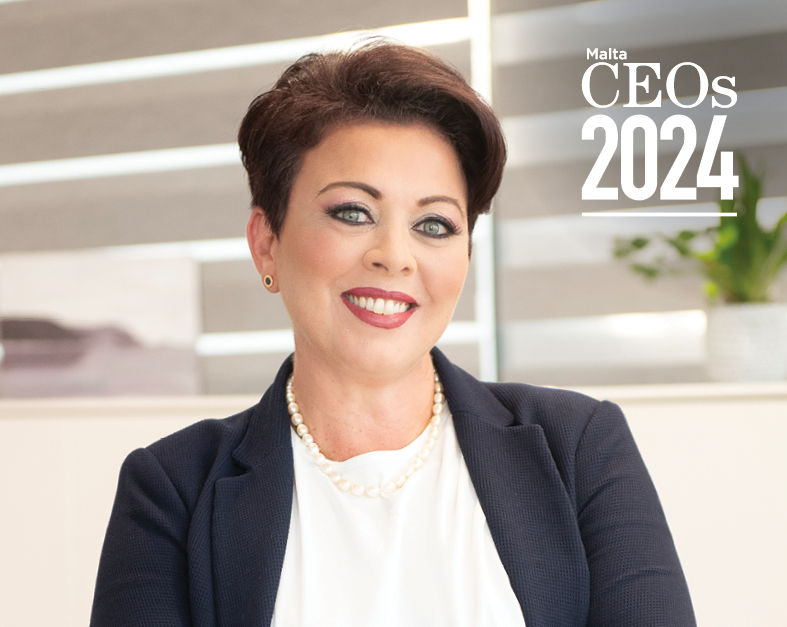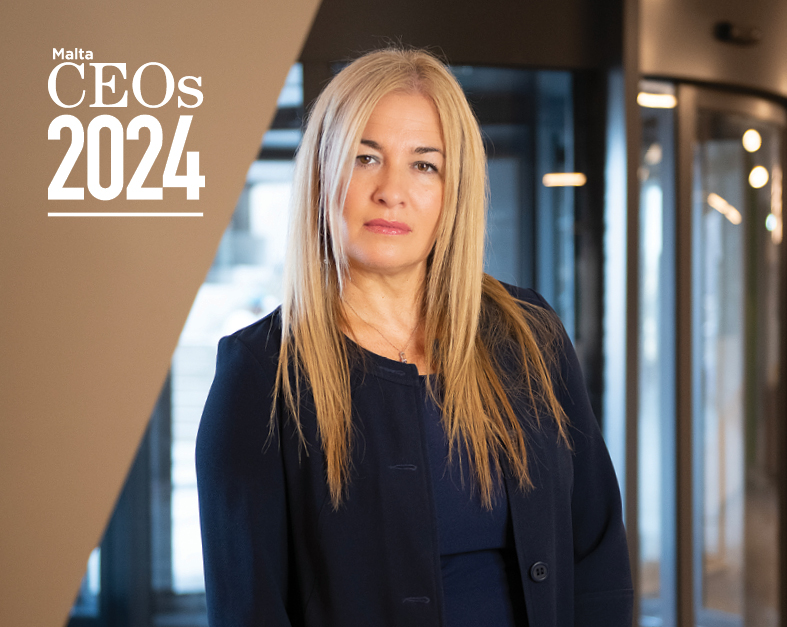Change is always complicated. As human beings, we are not great at shifting our mindset and behaviour to new ways of doing things. We are creatures of habit. It is no surprise then, that the accelerated changes of late have taken a toll on stress levels within our organisations.
Aside from rapid growth (which may require a different set of people with different mindsets as the complexity of an organisation changes) the main challenges in organisations today are typically seen in these main areas of change: Mergers & Acquisitions, rebranding, digital transformation and innovation.
In M&A it’s often the financial aspects, economies of scale or market share that is the focus of attention. In rebranding, it’s often an attempt to refresh the organisation’s image or attract a new market share. With digital transformation, as we have seen through COVID, it’s the adoption of new technologies to either cope with new working habits or to modernise operations to improve efficiency. With diversification/innovation, we typically see the development of new products and services as the main focus.
But what about the people?
All the above changes require a re-think in the organisation’s design from a people perspective, or they are asking for trouble. ‘Design Thinking’, or a purposeful focus on the design of an organisation is key to any transformation. The three pillars of design thinking for organisational change, whichever the above case may be, is the rethinking of the organisation’s Architecture, Routines and Culture.
Architecture, or the structure and incentives within the organisation, determine the flexibility and motivation of the workforce. A hierarchical structure may stifle agility and innovation, whilst incentives or rewards will focus the attention and effort of people to that specific outcome. A flexible structure, on the other hand, may leave people feeling insecure and confused, unless the internal communication is effective. The ‘right’ architecture is one that fits the organisation’s needs, and must also adapt as the organisation transforms; otherwise people will be left behind. Rebranding to modernise your image and profess your ‘new and improved’ business to your clients, yet remaining stuck in bureaucracy, hierarchical decision-making and old-school business processes, counters all the marketing efforts you make.
Routines are the daily habits of the way the organisation behaves. Is the team customer centric, product focused or bureaucratic in their way of working? Do the routines that are often described as ‘the way we do things here’ help the organisation transform or are they inhibiting change?
We often see this conflict in digital transformation. The team, used to using spreadsheets, are given a new digital tool to manage data by the company, only to then find that they are still copying out the data from the new system into their old spreadsheets to make sense of it. This routine is a form of habit that, as we know, is tough to break. Changing the architecture without addressing routines causes conflict and stress, especially when people feel threatened by the change. Left unchecked, a pessimistic mindset can wreak havoc on the behaviours of the team.
The final part is the culture, often referred to as the values and beliefs of the organisation. These values and beliefs are often deeply rooted in history, and also difficult to change. A company aiming to merge with or acquire a company with a very different set of values and beliefs, will struggle to find common ground. It is often the case that the larger of the two shapes the combined culture, but this is usually very messy in the interim. It’s no wonder that the majority of mergers and acquisitions fail to reach the desired outcomes. “Culture eats strategy for breakfast”, says management guru Peter Drucker. He isn’t wrong.
I’ve coached CEOs and leadership teams across all three of the above transformations many times, and it always surprises me how little effort they put into the ‘people’ aspect of the change process. Rhetorically, they all agree that people will make or break the transformation, yet most resources are put into the technology, branding or economics of change.
Perhaps it’s because people are complicated, whereas the rest is straightforward? Or perhaps because the competencies of the team are in the technical, financial or marketing spheres of business? In any case, People Transformation (which we refer to as Mindset Transformation) is key to the success of any change, large or small. Getting companies to invest in supporting the people-change elements of transformation is really tough!
With this in mind, I recommend to anyone thinking about transforming their organisation, whether it’s rebranding, M&A, technology upgrade or diversification, that they really think about the people and mindset aspects of change. The A-R-C approach is a simple and effective tool (professed by Stanford Business School) to DESIGN your new organisation before you make any changes. If you need help, do reach out!
Say goodbye to your 60-hour work week
7 tips to stop business leaders from overworking.
Reach new heights: 6 key strategies to accelerate business growth
Growth is an ongoing process that business leaders have to work hard towards and be patient with.
Embracing change – My journey beyond the comfort zone
The comfort of routine can dull the spark of innovation and can dampen the spirit of growth, leaving both oneself ...
Adieu email stress – Five tips for business leaders to breeze through their inbox
Going through emails is not only a tedious task but it also leads to a drop in productivity.











